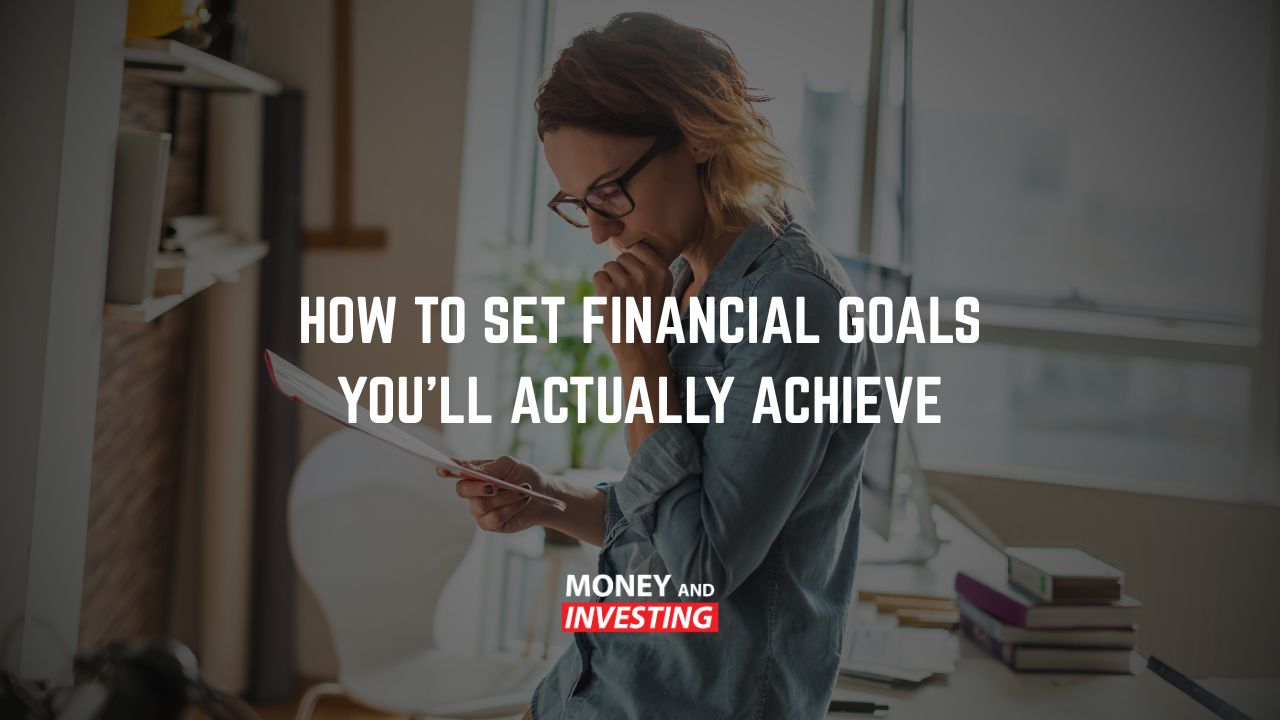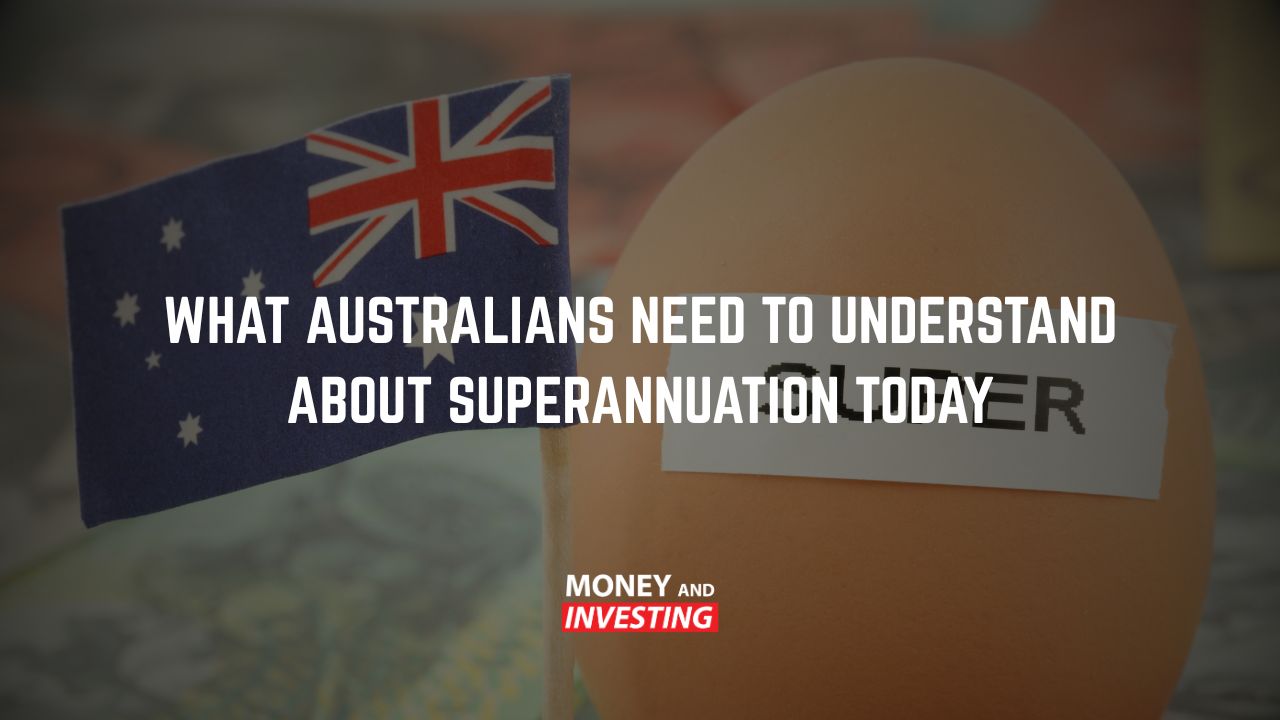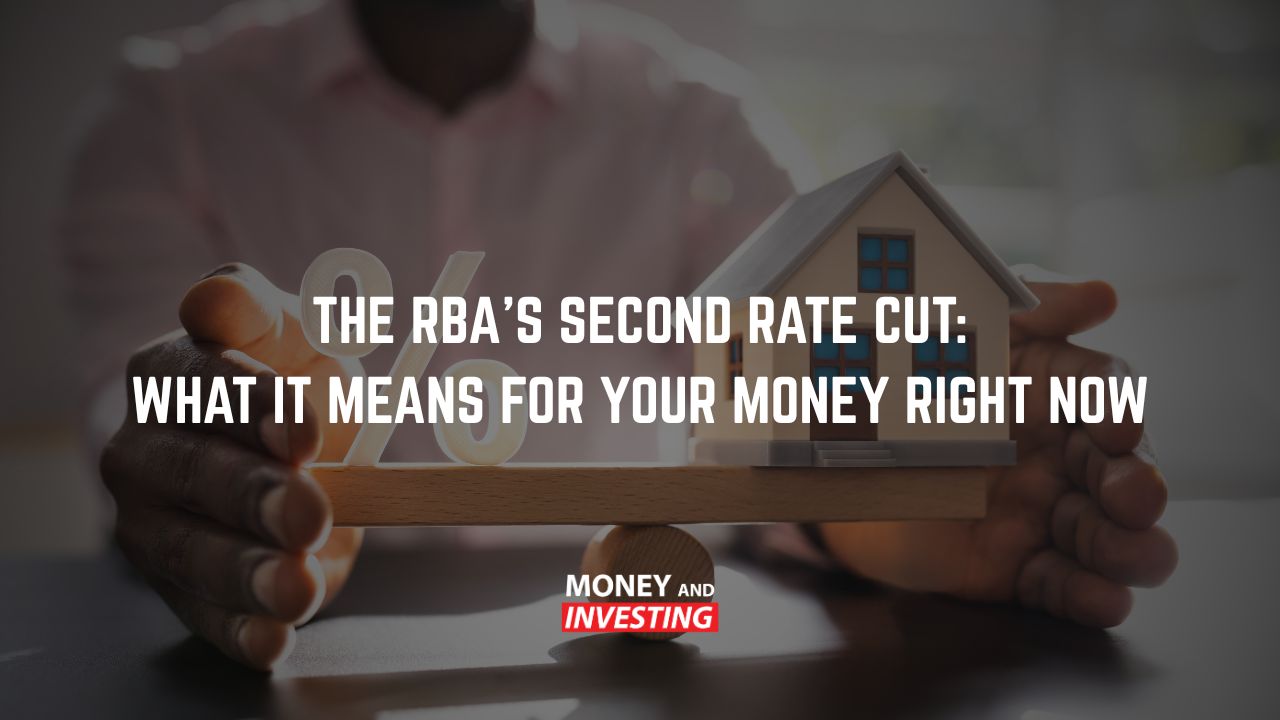The way in which we invest has shifted. The rise of micro investing platforms like Raiz and Spaceships has become all the rage amongst the younger generations. Here’s what they are and why they are so good:
What is Micro Investing?
The means in which micro investing works is really quite clever. For the most part, micro investing platforms like Raiz or Spaceships for example. They use what we call the ‘round up’ tool to pool funds for an investment. Host Andrew Baxter uses the example – when you go to buy a coffee for $3.75. The platform will round up your purchase to $4 and take the 25c difference to be put into your investment account.
This works when buying groceries, going out for dinner or drinks, or even online shopping – whatever the difference is to the nearest dollar on every transaction is what gets invested simultaneously into an Exchange Traded Fund (ETF) on your behalf. As a user, all you have to do is spend and the rest is done for you. Or, on the other hand, you can set up an automatic debit into your micro investing account or commit funds. At any point as a self-contribution. The best model of the 21st century? We think so too.
How it Works
After your funds are pooled – either by the roundup tool, an auto debit or self-contribution. These funds are directed into an ETF. An ETF is essentially a basket of securities pooled into one instrument that you can buy and sell like a share – for example. There are ETF’s that track the market index, ones for specific sectors like technology or renewable energy. And even ETF’s that track certain commodities.
All in all, as a user of these micro investing platforms. You even have the choice to select how aggressive you wish your investment to be based on your risk profile. What this does is take out all the pain of having to choose individual stocks on your own and having to properly invest. According to your risk profile given its all done for you on autopilot as you spend. This investment can be as little as $5, meaning the barriers to entry are so low it’s almost impossible to knock back as a member of the younger generation.
The Younger Generation Love Being Micro Investors
Not only have we seen a raging stock market in the last year or so. But we’ve also all seen a lot of young people make a lot of investment in that time too. With a large sum of new stock market entrants being below 25 years old. The popularity of micro investing platforms has risen substantially. No longer are younger people required to save money in order to pool funds to give to their dad’s stockbroker, now, all they need to simply do is go about their normal life and the work is done for them.
With such low barriers to entry, gamified platforms and very low-cost structures – young people are loving being micro investors. As host Andrew Baxter exclaims, it’s important to condition people early to save and invest their money as this is what will set them free financially in the long term. When it is done so seamlessly and easily on your behalf, it provides young people with an opportunity to develop healthy habits around money for the long-term.
Moving from Micro Investing to Macro Investing
This should be a fairly prominent goal for anyone who is currently a micro investor. Becoming a macro investor is really the graduation process in your investing journey and is the time where you take your funds from your Raiz or Spaceships account for example, to pony up at the real table. Host Andrew Baxter recommends setting a level in your micro investing account where once hit, you then withdraw and funnel the funds yourself into a proper trading account that you will manage yourself.
What this does is allow you start taking control over your investments given you’re now working with a decent principal, where you can start to dial up your trading more aggressively or more specifically to your skillset. The trick – knowing what you’re doing because this stuff can really change your life for the better. For anyone in this space, reach to Australian Investment Education to learn more.



